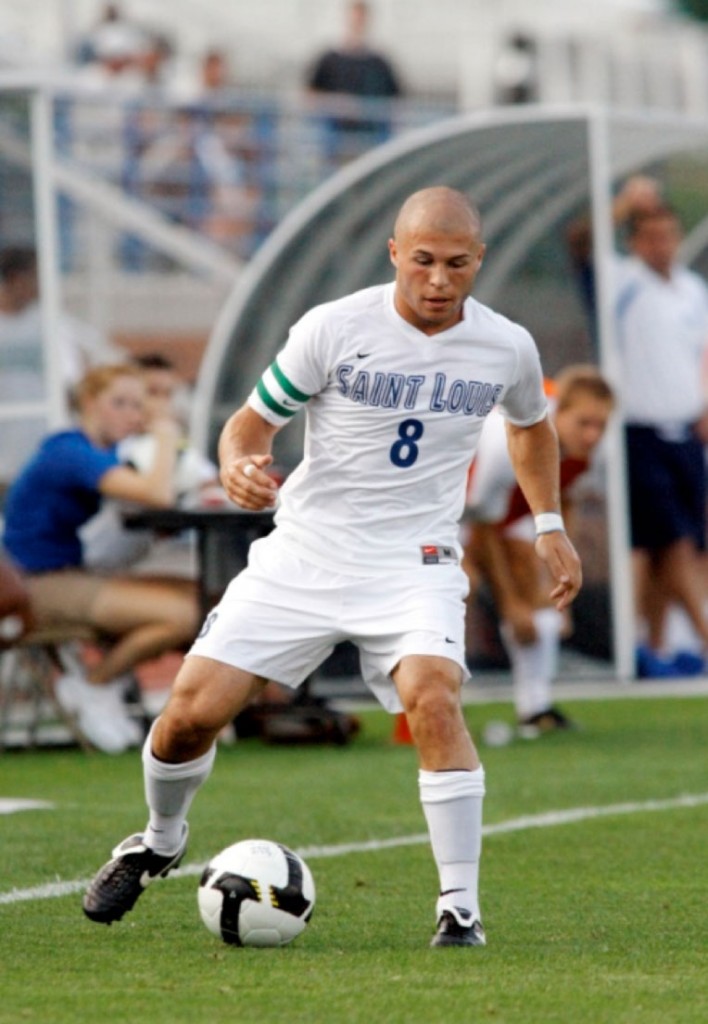Many young athletes diagnosed with strained groin muscles actually may be suffering from problems of the hip, according to John C. Clohisy, MD, director of the Center for Adolescent and Young Adult Hip Disorders at Washington University School of Medicine. Case in point: Josh Aranda, center midfielder on St. Louis University’s national-class soccer team.
Plagued with what were diagnosed as groin pulls throughout his high school soccer career, Josh continued to have trouble in college until the second week of his sophomore season, when terrible pain in his right groin limited his playing time to less than half a game and kept him from practicing more than two days per week, with three days required to recover. “My whole pelvis hurt, from my hip to my buttocks,” Josh says. Rehab treatments didn’t help, and his doctors could see nothing on X-rays; an MRI scan showed only a slight tear in the labrum.
When Clohisy reviewed the X-rays, he knew immediately that the misshaped head of Josh’s femur was most likely the cause of the problems. The congenital condition, known as femoroacetabular impingement (FAI), occurs when the ball of the hip doesn’t fit precisely into the socket. After further diagnostics and discussing treatment options with Josh, the patient/doctor partnership settled on a surgical solution. Clohisy performed a minimally invasive procedure in which he anchored Josh’s labrum to the pelvis, reshaped the head and neck of the femur and drilled small holes in it — a process called microfracture — to promote the formation of new cartilage.
Josh’s recovery was carefully structured: eight weeks on crutches; the use of a continuous passive motion (CPM) machine to control flexion and extension while maintaining flexibility; a month of walking, swimming and biking, and three months of jogging. But then Josh was back on the pitch to play the next season, a month before expected.
Now heading into his final year as an international business student, he says he notices that the joint occasionally feels tight, but nothing worse. He is back to a full practice and game schedule and looking forward to his final year of collegiate competition. He’s being careful to protect his other hip, particularly because in addition to his business degree, Josh hopes to use his soccer skills to get a tryout for a pro team. “I’d never pass that up,” he says.
He credits Clohisy and his team with recognizing his real problem, performing the complicated surgery and guiding his recovery. “If it’s a hip problem, and you can see Dr. Clohisy, I’d definitely go with him,” Josh says.
